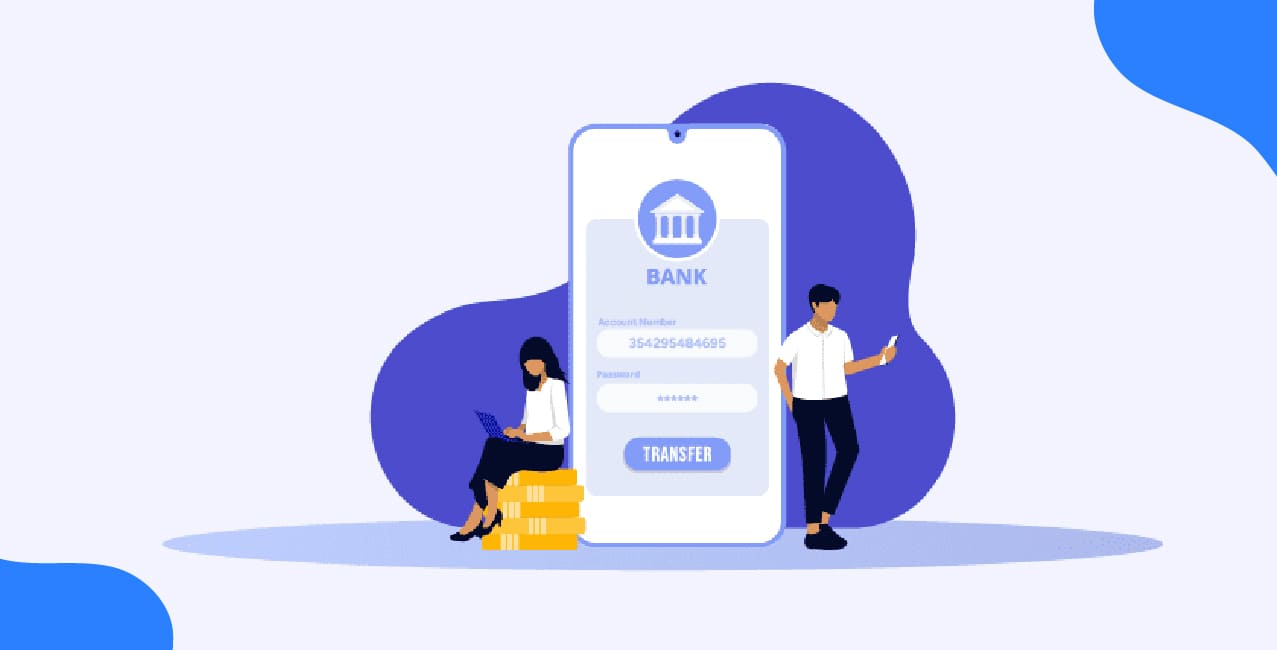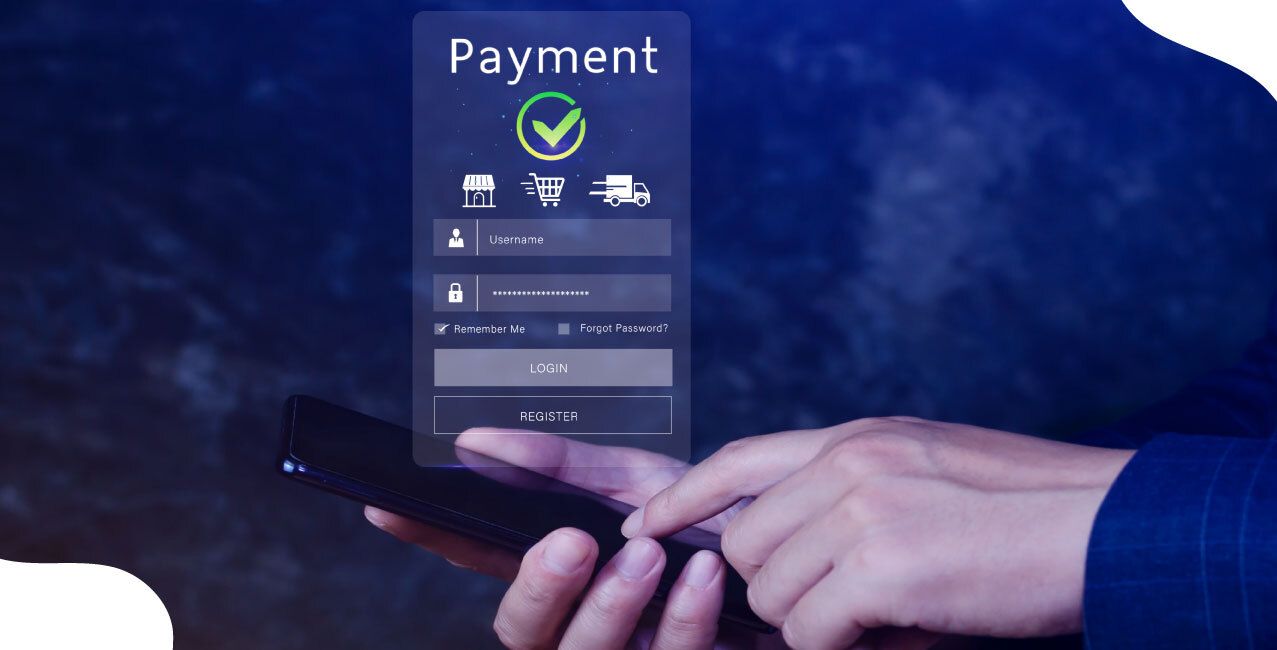
Author
LoansJagat Team
Read Time
6 Min
28 Jul 2025
What Is Bad Debt? Meaning, Causes & Accounting Treatment
When a company (borrower) owes an uncollectible debt to a business (lender), it is called bad debt. It means the debtor is unable to or refuses to pay the outstanding amount. It's a financial loss for the creditor.
‘Zyada Interest, Kam Progress,
Bad debt hai ye,
Ismein sirf Stress!’
No, this is not a ‘mushaiyra’, but how can I explain Ritika’s situation without freaking you out? She is a freelance designer in Mumbai and has three active credit cards. Her total debt is ₹1,20,000. She was only paying the minimum amount each month, around ₹4,000 per card, ‘lekin credit card interest rates ke aage koi bol sakta hai kya?!’
The rates are 36% per year, which kept her debt growing. After 8 months, she had already paid over ₹96,000, yet her outstanding had only dropped by ₹5,000.
This is bad debt-when what you owe doesn’t help you build assets or income, and keeps growing due to high interest and poor repayment structure. In this blog, we’ll explain what bad debt really means, how it differs from good debt, and how to avoid or get rid of it.
What Makes Debt “Bad”?
‘Paise dena buri baat nahi!’
Not every debt is bad. You help the one in need in exchange for getting your money back (with interest). A debt turns "bad" when the ‘getting your money back’ situation never happens.
Read More – Exploring the Difference Between Productive and Destructive Debt
How Do Banks Classify Bad Debt?
Ever wondered what banks do when someone stops repaying their loan?
If a borrower doesn’t pay EMIs or interest for 90 days, the bank marks that loan as a Non-Performing Asset (NPA). Basically, it’s a loan that’s no longer making money for the bank.
But all NPAs aren’t treated the same. Based on how bad things are, banks put them into three categories:
Recent Cases of Bad Debt 2025:
Bank Flags Reliance Communications Loan as Fraudulent
State Bank of India (SBI) officially classified its loan to Reliance Communications, a debt of ₹40,400 crore, as a fraudulent account. It cited fund diversion dating back to 2016.
SBI has informed the RBI (Reserve Bank of India) and referred the company for criminal investigation. Due to this, it will not be able to obtain any further bank credit for five years.
Manoj Jayaswal Declared Willful Defaulter Over ₹164 Crore.
Manoj Jayaswal and his son have been tagged as willful defaulters by the Bank of India. Their company, Abhijeet Infrastructure Ltd, didn’t repay a ₹164 crore loan. The bank believes they had the money but chose not to pay. Earlier, Jayaswal had already defaulted on loans worth ₹600 crore. This tag now makes it harder for them to get loans in the future.
Types of Bad Debts
Not all bad debts are the same. Some are small and common in daily business. Others are big, risky, and very hard to recover.
Let’s have a brief overview of the different types of bad debts with this table given below:
How Banks Tackle Bad Debt?
‘Banks ne choodiyan pehen rakhi!’
Banking is as much about managing risks as it is about giving loans. Here's how banks handle bad debts with seriousness and strategy:
A. Provisioning & Write-Offs
1. Provisioning
When a loan turns non-performing (NPAs), banks set aside money from their profits to meet possible losses. This is called provisioning. It helps banks manage the loss without making it a big problem in their records.
2. Technical Write-Offs
Sometimes banks write off bad loans. This means they remove the loan from their balance sheet. It reduces the taxable income and lets them focus on fresh lending, while still pursuing the old debts.
Do you know, SBI wrote off ₹1.23 lakh crore over eight years but continued legal and asset recovery. They recouped just 7% of that amount.
For example, Ramesh had borrowed ₹50,00,000 from a bank. After 10 months of missed EMIs, the loan was marked sub-standard. The bank set aside ₹15,00,000 as a provision. A year later, with no repayment, the bank wrote off the loan but still continued legal recovery.
Even though the loan was written off, it doesn’t mean the bank gave up. Ramesh still receives legal notices, and the bank might seize and sell assets.
B. Recovery Mechanisms
Once a loan is written off or becomes bad, banks pull out the big recovery tools like:
- SARFAESI Act: Lets banks seize and sell collateral (like land or property) without going to court
- DRTs & Lok Adalats: Specialised tribunals and community-based panels that fast-track unpaid loans.
- Insolvency and Bankruptcy Code (IBC): Helps recover dues from insolvent companies by restructuring debt.
- Asset Reconstruction Companies (ARCs): Banks sell bad loans to ARCs, which then handle recovery.
These mechanisms are used in combination-often through phased or layered strategies.
For example, Sneha, a real estate developer in Mumbai, took a ₹4 crore loan but defaulted after two years. The bank triggered the SARFAESI Act, took possession of 3 unsold flats, and auctioned them for ₹2.8 crore. The remaining ₹1.2 crore is still pending recovery.
Also Read - Finance Ministry Reveals ₹1.62 Lakh Crore Owed by Over 1,600 Wilful Defaulters to PSU Banks
Here’s how the entire procession went:
In such cases, when there’s physical property involved, banks prefer SARFAESI. It lets them recover faster, without waiting for long court procedures.
Conclusion
When you take a loan, it’s meant to help you move forward, like buy a home, start a business, or just grow. In return, banks expect you to repay that money, with interest. But when someone doesn’t stick to this commitment, it’s the bank that ends up in trouble. That unpaid amount turns into bad debt.
It’s not just one person’s problem; it affects the bank, other borrowers, and even the economy. That’s why it’s so important to understand what bad debt really means, how it works, and how to deal with it. The more we know, the better decisions we make for ourselves and the system as a whole.
Frequently Asked Questions
1. What is bad debt called?
Bad debt is also known as irrecoverable debt. It is the money owed to anyone which is unlikely to be collected or recovered.
2. Is bad debt an asset or expense?
Bad debt is treated as an expense in accounting because it reduces your expected income from unpaid customer dues.
3. How to identify bad debts?
If payments are overdue, the customer is unresponsive, and recovery attempts fail, the amount is usually marked as bad debt.
4. What is a good debt?
Good debt helps grow your wealth or income, like home loans, business loans, or education loans, with long-term financial benefits.
5. How to record bad debt?
Record bad debt by debiting “Bad Debt Expense” and crediting “Accounts Receivable” to show the uncollectible amount in the records.
Other Informative Pages | |||
About the Author

LoansJagat Team
‘Simplify Finance for Everyone.’ This is the common goal of our team, as we try to explain any topic with relatable examples. From personal to business finance, managing EMIs to becoming debt-free, we do extensive research on each and every parameter, so you don’t have to. Scroll up and have a look at what 15+ years of experience in the BFSI sector looks like.

Quick Apply Loan
Subscribe Now
Related Blog Post


